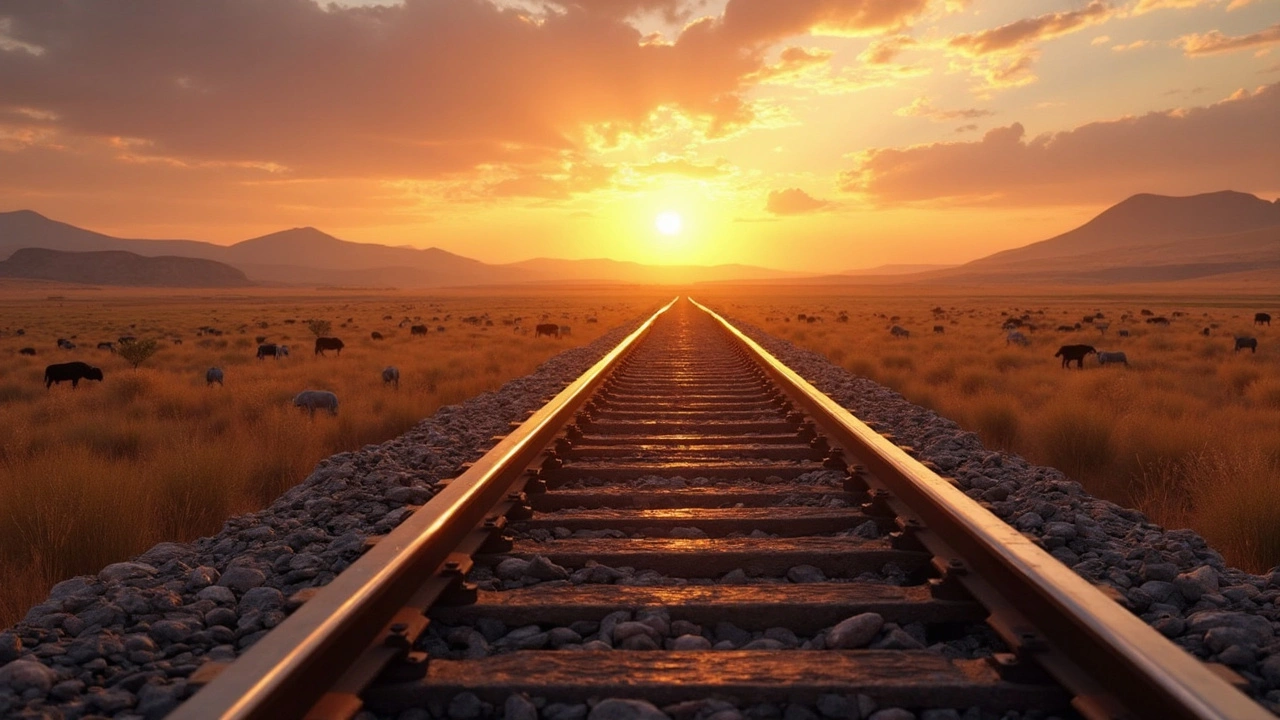Modern Railways: Advancing Rail Infrastructure for Today and Tomorrow
Railways have come a long way from the days of basic tracks made of wood and iron. Today, modern railways focus on combining durability, efficiency, and low maintenance to serve growing urban and industrial transit needs. One important innovation leading this change is the ladder track system, which offers a fresh approach to how rails are supported and placed.
Originally inspired by 19th-century railway designs, ladder tracks use longitudinal beams connected by transverse ties to hold rails perfectly spaced and stable. Unlike traditional sleeper tracks, they reduce pressure on the roadbed and minimize vibrations and noise. These benefits make ladder tracks a smart choice in areas where heavy loads or harsh environmental conditions would quickly wear down standard tracks.
The Rise of Ladder Track in Contemporary Rail Projects
Modern versions of ladder track, like the Tubular Modular Track, are now part of key projects such as South Africa’s Gautrain. This approach is especially useful in urban transit systems requiring quick installation and easy maintenance. Since ladder tracks distribute weight more evenly, they can handle trains running at higher speeds with less risk of track damage.
What’s more, ladder track systems help cut down long-term maintenance costs. When traditional wooden sleepers rot or metal rails warp, repairs can get expensive and disruptive. Ladder tracks are designed to last longer in tough conditions like wet climates or deserts, soothing pain points common in railway upkeep.
Why Modern Railways Matter to You
Perhaps you’re wondering, why should you care about these technical details? Well, if you’ve ever dealt with delayed trains or noisy tracks, innovations like ladder track directly improve your daily commute and travel experience. Quieter, smoother rides mean less stress and more reliable schedules.
Plus, efficient rail systems support economic growth by moving people and goods faster and more sustainably. As cities expand and industries grow, having modern railway infrastructure in place can make a real difference for communities and businesses alike.
So next time you hear about modern railways or see news on new transit projects, remember it’s not just about tracks and trains—it’s about evolving the way we connect and move in a changing world.
Ladder track is a railway track system using longitudinal supports with transverse connectors. Originally embraced by British railways in the 19th century, it offers smoother rides and reduced maintenance costs, making a comeback in the late 20th century. With modern advancements like Tubular Modular Track and RTRI Japan's innovations, ladder tracks are now better suited for various environments. Its resurgence highlights lower roadbed pressure and improved track stability over traditional designs.
Ladder track, with its unique system of longitudinal supports and transverse connectors, has evolved significantly from its early British roots. Modern adaptations aim to reduce maintenance and improve stability, using innovations like Tubular Modular Track and Japan's advanced designs. This article explores the practical benefits and drawbacks of ladder tracks and considers why today’s railways are revisiting these concepts.



 Sports
Sports